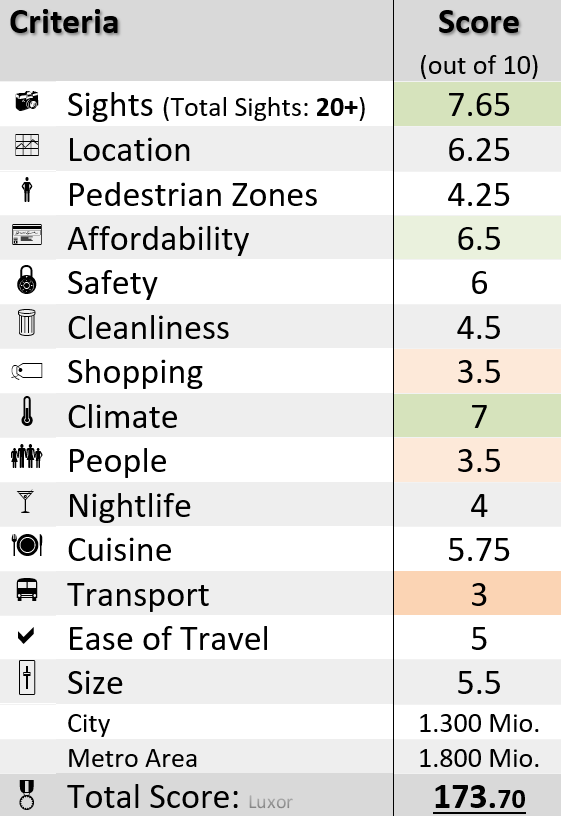by Blalonde / CC BY-SA 0
The Capital of Upper Egypt During the New Kingdom
Table of Contents
A. About Luxor
Nickname: The World's Greatest Open-air MuseumLuxor, often referred to as the world’s greatest open-air museum, is a city in southern Egypt that boasts an incredible wealth of ancient temples, tombs, and monuments.
The city is gracefully bisected by the Nile River, with the east bank showcasing the awe-inspiring Luxor and Karnak temples, while the west bank reveals the Valley of the Kings, the final resting place of legendary pharaohs such as Tutankhamun.
The Karnak Temple Complex, the largest and most intricately constructed religious edifice in history, stands as a testament to the architectural brilliance of ancient Egypt. On the west bank, the towering Colossi of Memnon, remnants of a once-magnificent mortuary temple, continue to captivate visitors with their enduring majesty. The Luxor Temple, connected to Karnak by the Avenue of Sphinxes, was built mainly by Amenhotep III and Ramses II during the New Kingdom.
Luxor remains a living testament to Egypt's glorious past, with vibrant cultural festivals and historical reenactments that celebrate and preserve its rich heritage, making it a truly extraordinary destination where history and modernity harmoniously converge.
➕ The Good
Luxor boasts an impressive array of historical sites, particularly ancient temples and tombs, making it a key destination for history enthusiasts.
The city enjoys warm weather year-round, which is appealing to many visitors. However, the extreme heat during summer months can be uncomfortable
Luxor offers good value for money, especially for tourists looking for budget accommodations and meals.
Furthermore, situated on the mighty Nile River, Luxor enjoys a very impressive location.
➖ Negative Aspects
Luxor's nightlife is modest, with limited options beyond a few bars and hotel entertainment. The city does not cater well to those looking for vibrant night scenes.
While some locals are very friendly, there are frequent reports of aggressive sales tactics and pushy vendors, which can make interactions stressful for tourists. This mixed experience results in a lower rating for the people category.
Public transport in Luxor is underdeveloped, with limited options for getting around the city efficiently. Most tourists rely on taxis or private tours.
B. Best Things to Do in Luxor in 2025 (Detailed List with Photos and Information)
In total, we count more than twenty-five sights in Luxor. The following sights contribute to an impressive score of 7.65/10 in this most important category:
# KARNAK TEMPLE COMPLEX 8 
The Temples of Karnak are a vast complex of sanctuaries, kiosks, pylons, and obelisks dedicated to the Theban gods, covering over 100 hectares. Built over 2,000 years, it includes the Great Hypostyle Hall, one of the most impressive structures in ancient Egyptian architecture.
The Great Temple of Amun at Karnak is the largest and most significant structure within the Karnak complex, dedicated to Amun-Ra, and features the iconic Hypostyle Hall with 134 massive columns.
Archaeological Site 🌍 World Heritage Site: since 1979
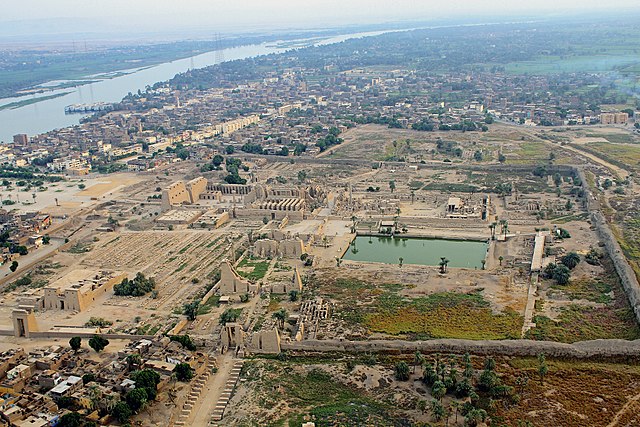
by Ahmed Bahloul Khier Galal / CC BY-SA 2.0
# VALLEY OF THE KINGS 7 
The Valley of the Kings is a burial site in Thebes, housing the tombs of over 60 pharaohs, including Tutankhamun, with elaborate underground chambers adorned with intricate wall paintings.
The site was used for 500 years during the New Kingdom to entomb royalty, preserving their mummified remains and treasures for the afterlife.
Burial Site 🌍 World Heritage Site: since 1979
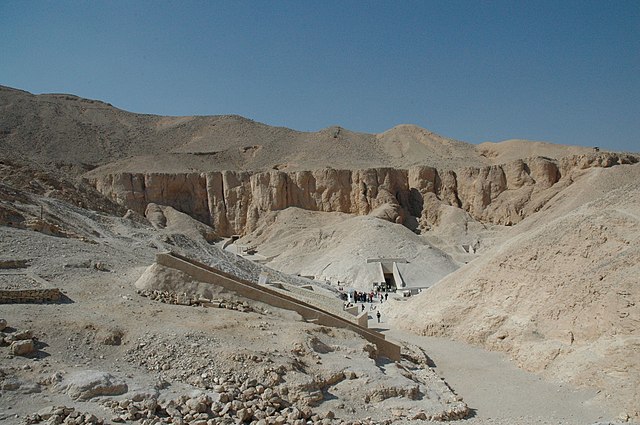
by Francesco Gasparetti / CC BY-SA 2.0
# LUXOR TEMPLE 7 
Luxor Temple, located on the east bank of the Nile, was primarily dedicated to the rejuvenation of kingship and the Theban triad of Amun, Mut, and Khonsu. Connected to Karnak Temple by the Avenue of Sphinxes, it was a key center for the Opet Festival, a major religious event in ancient Egypt.
Temple 🌍 World Heritage Site: since 1979
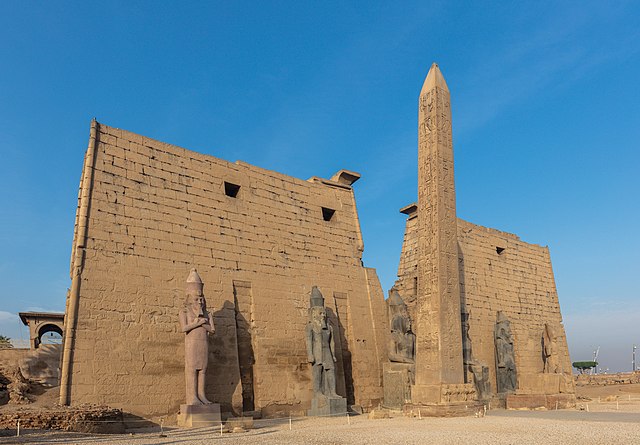
by Diego Delso / CC BY-SA 4.0
# VALLEY OF THE QUEENS 6 
Opened in February 2017 this very modern museum houses, since March 2021 the state-of-the-art presented Gallery of Royal Mummies.
The fantastic collection includes twenty-two mummies (18 kings and four queens) that were formerly on display at the Egyptian Museum and elsewhere.
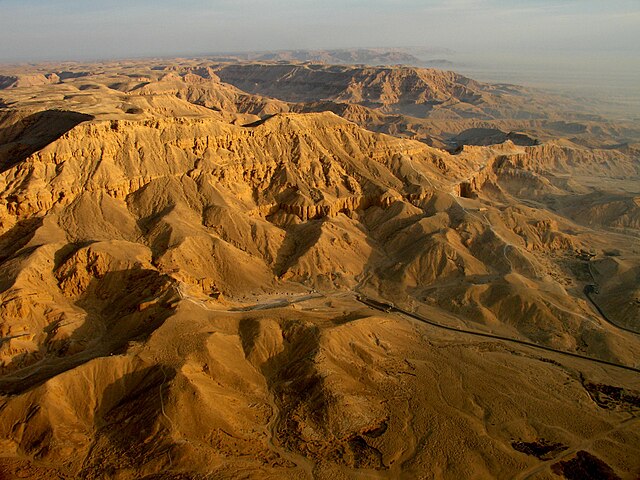
by Zureks / CC BY-SA 4.0
# TOMBS OF THE NOBLES 6 
This atmospheric and pedestrianized city district is surrounded by high walls and feels incredibly quiet compared to the rest of Cairo. Highlights include the Coptic Museum, the Hanging Church, the Church of St. George, the Church of Saints Sergius and Bacchus, and the Ben Ezra Synagogue, all located close to each other.
Burial Site 🌍 World Heritage Site: since 1979
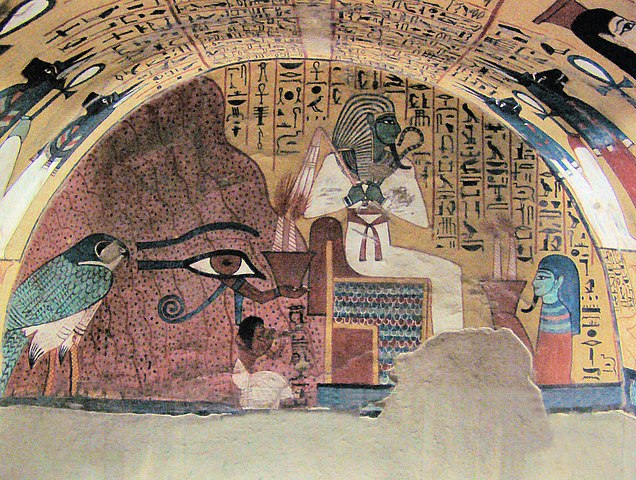
by kairoinfo4u / CC BY-SA 3.0
# HATSHEPSUT'S TEMPLE 6 
Built between 1356 and 1363, this gigantic madrasa (7,900 m2) is one of the most impressive historic monuments in Cairo.
Temple 🌍 World Heritage Site: since 1979
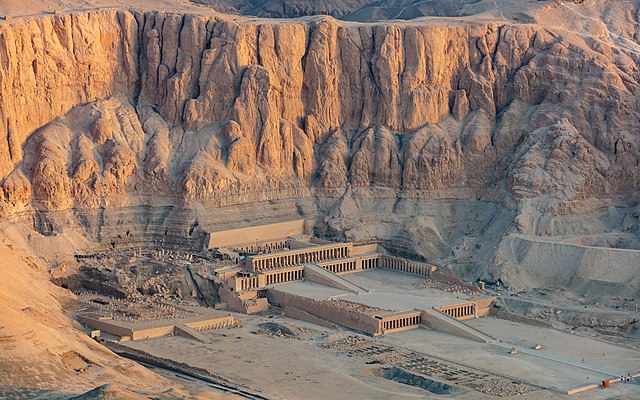
by Diego Delso / CC BY-SA 3.0
# TEMPLE OF MEDINAT HABU 6 
This great museum holds one of the most important collections of Middle Eastern artistry in the world.
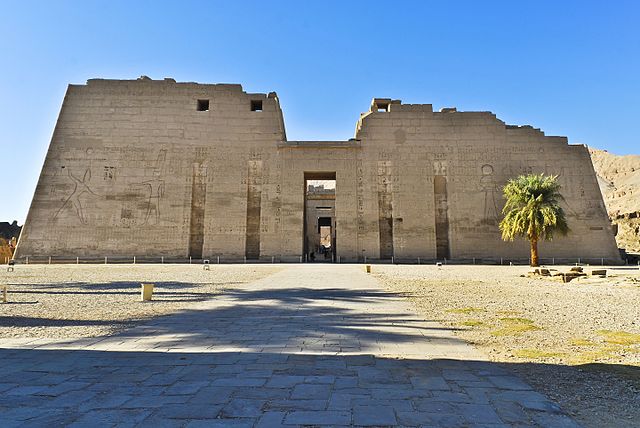
by Mohammed Moussa / CC BY-SA 3.0
#8 | Luxor Museum of Ancient Egyptian Art 6 
Built between 876 and 879 CE, this majestic red brick building complex is the oldest and the largest mosque in Africa surviving in its full original form.
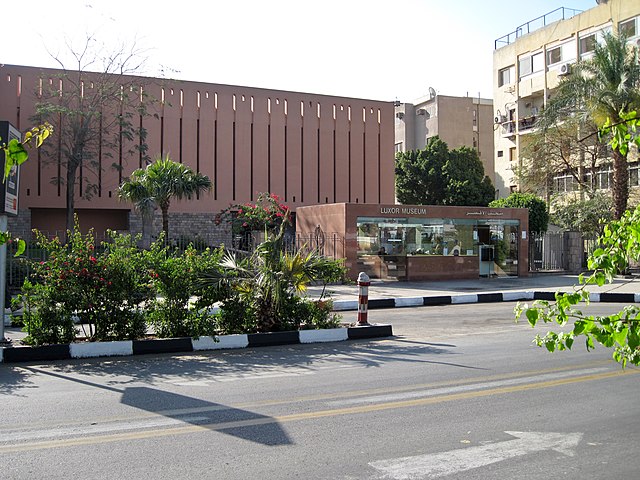
by Olaf Tausch / CC BY-SA 3.0
#9 | COLOSSI OF MEMNON 5 
The Colossi of Memnon are two massive stone statues in Luxor, Egypt, depicting Pharaoh Amenhotep III and originally part of his mortuary temple. They stand 18 meters tall and were built around 1350 BCE, enduring millennia of natural disasters and human interference.
They stand 18 meters tall and are built around 1350 BCE, enduring millennia of natural disasters and human interference.
Statues 🌍 World Heritage Site: since 1979
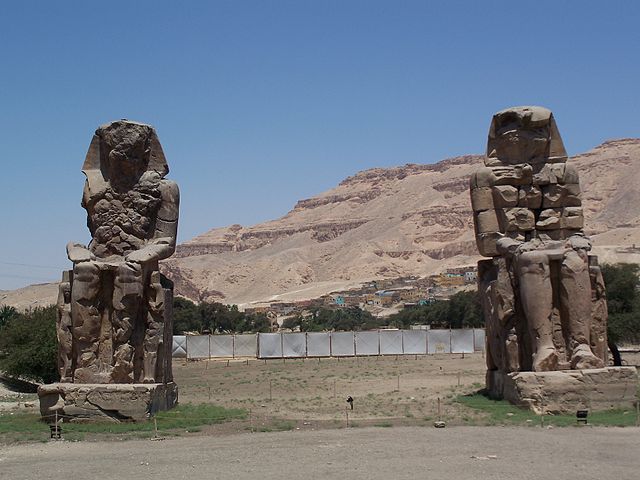
by Than217 / CC BY-SA 3.0
#10 | Mortuary Temple of Seti I 5 
The Mortuary Temple of Seti I, located in Abydos, Egypt, was constructed during the 19th Dynasty and is renowned for its well-preserved bas-reliefs and the Abydos King List, which chronicles the pharaohs of Egypt.
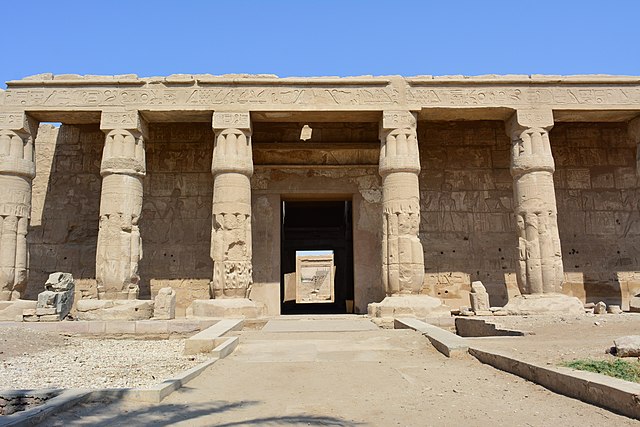
by Forever Egypt / CC BY-SA 4.0
C. Other Notable Sights and Attractions in Luxor
# DEIR EL-BAHRI (NORTHERN MONASTERY) 6 
The three temples at Deir el Bahari from the top of the cliff behind them, part of Hatshepsut's temple on left, Tuthmosis III's temple in center, and Mentuhotep II's temple on right
The residence compound, composed of five separate and distinctively styled Islamic buildings, is surrounded by beautiful Persian and English gardens.
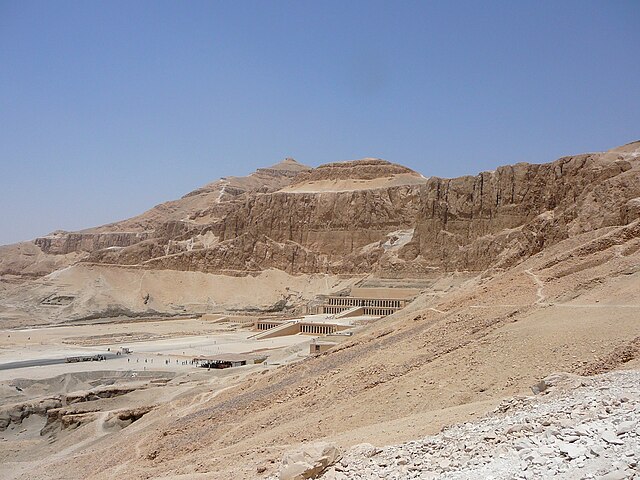
by Gun Powder Ma / CC BY-SA 4.0
D. Best Day Trips and Excursions from Luxor
Edfu 7 
Edfu is home to the Temple of Horus, the second largest and one of the best-preserved temple in Egypt, built between 237 and 57 BCE during the Ptolemaic period.
This temple is dedicated to the falcon god Horus and contains significant inscriptions detailing ancient rituals and myths.
Archaeological Site 🌍 UNESCO Tentative List | Distance from Luxor: 158 km
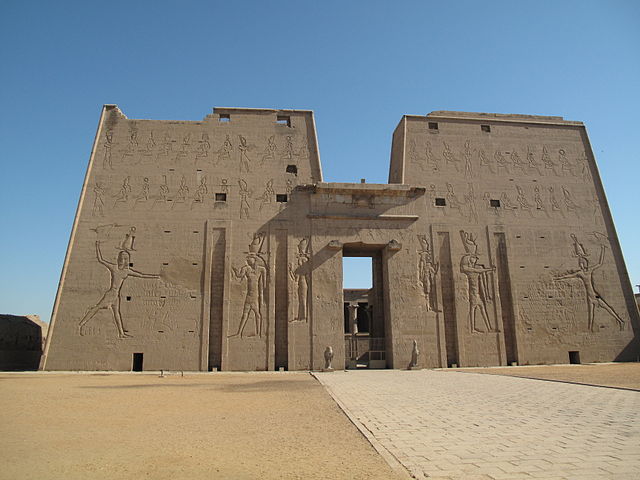
by Patrick.reb / CC BY-SA 3.0
Dendera 6 
Dendera houses the Temple of Hathor, one of the best-preserved ancient Egyptian temples, notable for its colorful ceilings and intricate carvings. This Greco-Roman temple complex also includes the famous Dendera Zodiac, an ancient astronomical relief on its ceiling.
Archaeological Site 🌍 UNESCO Tentative List | Distance from Luxor: 67 km
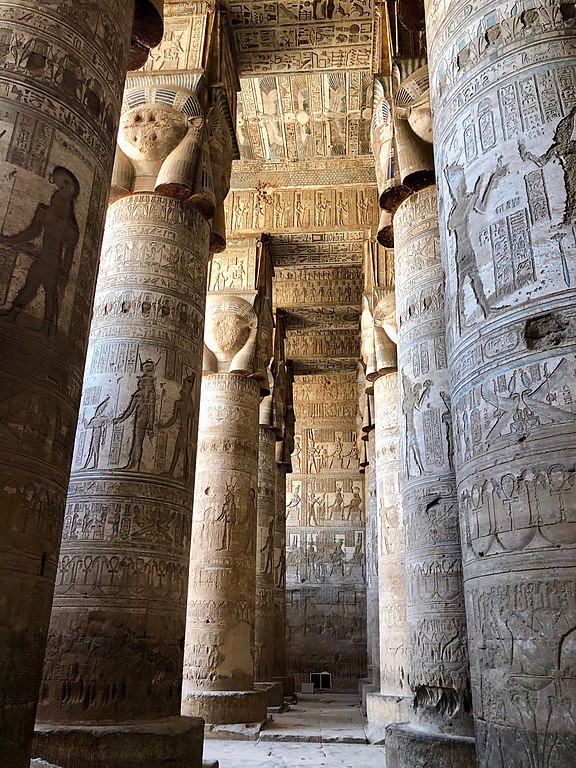
by Marie Thérèse Hébert & Jean Robert Thibault / CC BY-SA 2.0
E. Top 10 List of the Best Things to Do in Luxor (including close-by excursions)
To sum things up, these are the ten best sights we recommend when visiting Luxor for at least three entire days (in less time you won't be able to see the main attractions:

